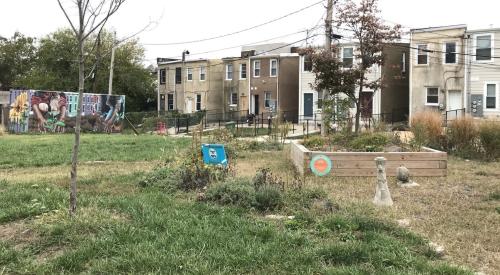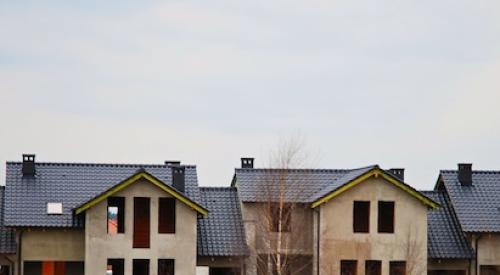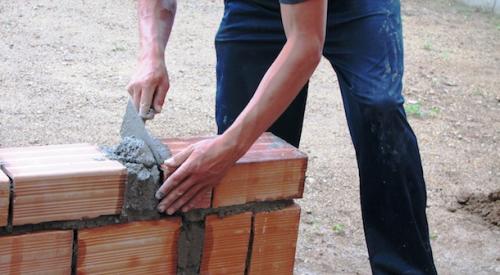A shortage of buildable lots, especially in the most desirable locations, has emerged as one of the key factors holding back a more robust housing recovery, according to the latest survey on the topic conducted by the National Association of Home Builders (NAHB).
"In our August 2013 survey, 59 percent of builders reported that the supply of lots in their markets was low or very low--up from 43 percent September of last year, and the largest low supply percentage we've seen since we began conducting these surveys in 1997," said NAHB Chief Economist David Crowe. "One reason is that many residential developers left the industry, abandoned certain markets, or simply stopped buying land and developing lots during the downturn."
The 59 percent includes 39 percent who characterized the supply of lots simply as "low" and 20 percent who said the supply of lots was "very low." Another 22 percent said the supply of lots was "normal," 10 percent said it was "high," and 4 percent said "very high." Six percent said they didn't know or weren't sure.
The survey found that lot shortages tended to be especially acute in the most desirable, or "A," locations. Thirty-four percent of builders said that the supply of A lots was very low, compared to 18 percent for lots in B, and 12 percent for lots in C locations.
The shortages have also translated into higher prices for builders who are able to obtain developed lots to build on. In the same survey, 34 percent of home builders said the price of developed A lots was somewhat higher than it was a year ago, and 26 percent said the price was substantially higher. In comparison, 15 percent of builders said the price of B lots was substantially higher than a year ago, and 11 percent said the price of C lots was substantially higher. Ultimately, higher lot prices are passed on to buyers in the form of higher house prices.
The shortage of buildable lots has emerged against the backdrop of a housing recovery that is still modest by historical standards. To this point, housing starts have recovered from a low of 550,000 in 2009 to an annual rate of just fewer than 900,000 in the Census Bureau's latest release. Historically, starts averaged more than 1.5 million a year from 1960 to 2000, without ever plunging below 1 million until 2008.
"There is still a substantial pent-up demand for housing waiting to be unleashed as the overall economy and labor situation improves," Crowe said. "Lot shortages are one of several barriers that have arisen, restraining builders from responding completely to increased demand. Other barriers include a shortage of labor in carpentry and other key building trades; limited availability of loans even for credit-worthy home builders and home buyers; and, more recently, an uptick in interest rates."













